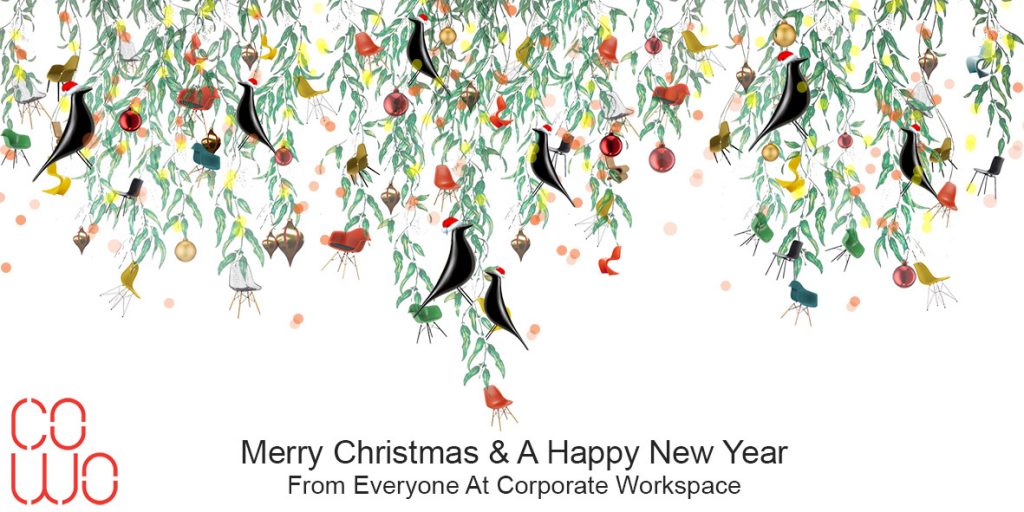Walter Knoll has always advocated modernity. A recent visit to Walter Knoll’s HQ near Stuttgart provided us with an insight into this remarkable and forward thinking family and company.
The company had its origins as far back as 1865 when Walter’s father Wilhelm opened a leather shop in Stuttgart. This soon became a successful company and was taken over by Wilhelm’s sons in 1907. Walter founded Walter Knoll in 1925, building on many years of experience in his father’s successful leather business. Early developments included the furnishing of several show flats for the 1927 Die Wohnung exhibition at Stuttgart’s trailblazing Weissenhof Estate that featured work by architects such as Mies van der Rohe, Le Corbusier and Walter Gropius. Post-war, Walter Knoll have striven to push the boundaries of modern living, presenting the Vostra chair in 1949 and continuing into the 50s with a series of modern designs such as the bucket seat 369 (still considered a modern classic). In 1993 the company was purchased by the Benz family and continues to promote the ethos of masterly craftsmanship, fine materials and lasting design. The company is now one of the leading furnishing manufacturers in the international high-end segment working with renowned architects and designers such as Norman Foster, Pearson Lloyd, EOOS, Ben van Berkel, Kengo Kuma and Claudio Bellini.
 A walk around the factory headquarters in Herrenberg (which has been the base of Walter Knoll since 1937) provides an insight into Walter Knoll’s incredible attention to detail and quality. We begin outside viewing the company’s high-tech multi-award winning building from without. An edifice of glass, steel and concrete greets us, but it is the glass facade that dominates; an open invitation into the heart of the company, where cutting, sewing, upholstering, testing and packing take place. Inside, the story of quality continues: the employees know their stuff and are passionate about their work. Leather, for example, makes up 70% of the company’s output and is sourced locally from specially approved and selected tanneries in Central Europe. Once at the factory it is thoroughly checked and tested, the tiniest natural features being marked with water-soluble chalk before cutting templates are projected onto the hide to provide the most efficient use of the hide and indicate areas that require the best quality leather. This ethos permeates into other parts of the production including fabric, seams, and surface finishes. The attention to detail and the resulting quality of the product is phenomenal.
A walk around the factory headquarters in Herrenberg (which has been the base of Walter Knoll since 1937) provides an insight into Walter Knoll’s incredible attention to detail and quality. We begin outside viewing the company’s high-tech multi-award winning building from without. An edifice of glass, steel and concrete greets us, but it is the glass facade that dominates; an open invitation into the heart of the company, where cutting, sewing, upholstering, testing and packing take place. Inside, the story of quality continues: the employees know their stuff and are passionate about their work. Leather, for example, makes up 70% of the company’s output and is sourced locally from specially approved and selected tanneries in Central Europe. Once at the factory it is thoroughly checked and tested, the tiniest natural features being marked with water-soluble chalk before cutting templates are projected onto the hide to provide the most efficient use of the hide and indicate areas that require the best quality leather. This ethos permeates into other parts of the production including fabric, seams, and surface finishes. The attention to detail and the resulting quality of the product is phenomenal.
 Walter Knoll also aim for products that are ecologically sustainable and socially responsible. Their sumptuous Legends of Carpet range for example is created by artisans, hand-dyed and hand-knotted in the Himalayas following centuries-old traditions and using locally sourced wool. Each carpet may take four or five craftsmen up to five months to create. The workshops comply with Fair Trade Organisation guidelines on working conditions and fair wages.
Walter Knoll also aim for products that are ecologically sustainable and socially responsible. Their sumptuous Legends of Carpet range for example is created by artisans, hand-dyed and hand-knotted in the Himalayas following centuries-old traditions and using locally sourced wool. Each carpet may take four or five craftsmen up to five months to create. The workshops comply with Fair Trade Organisation guidelines on working conditions and fair wages.
 The company is proud of its heritage, still producing classic designs that have stood the test of time as well as new designs that follow the same ethos. Well-crafted, well-engineered, minimalist and timeless design is by definition sustainable design. Such products require less material and will last for decades.
The company is proud of its heritage, still producing classic designs that have stood the test of time as well as new designs that follow the same ethos. Well-crafted, well-engineered, minimalist and timeless design is by definition sustainable design. Such products require less material and will last for decades.
 The company’s sustainability ethic transfers through to their buildings as well. Our trip concluded with a visit to Walter Knoll’s production facility in nearby Mötzingen. The building features optimised insulation, heat pumps, concrete core thermal activation, sprinkler tanks for heat storage, solar panels and flood detention basins.
The company’s sustainability ethic transfers through to their buildings as well. Our trip concluded with a visit to Walter Knoll’s production facility in nearby Mötzingen. The building features optimised insulation, heat pumps, concrete core thermal activation, sprinkler tanks for heat storage, solar panels and flood detention basins.
Welcome to the world of Walter Knoll. A truly modern way of life.






























